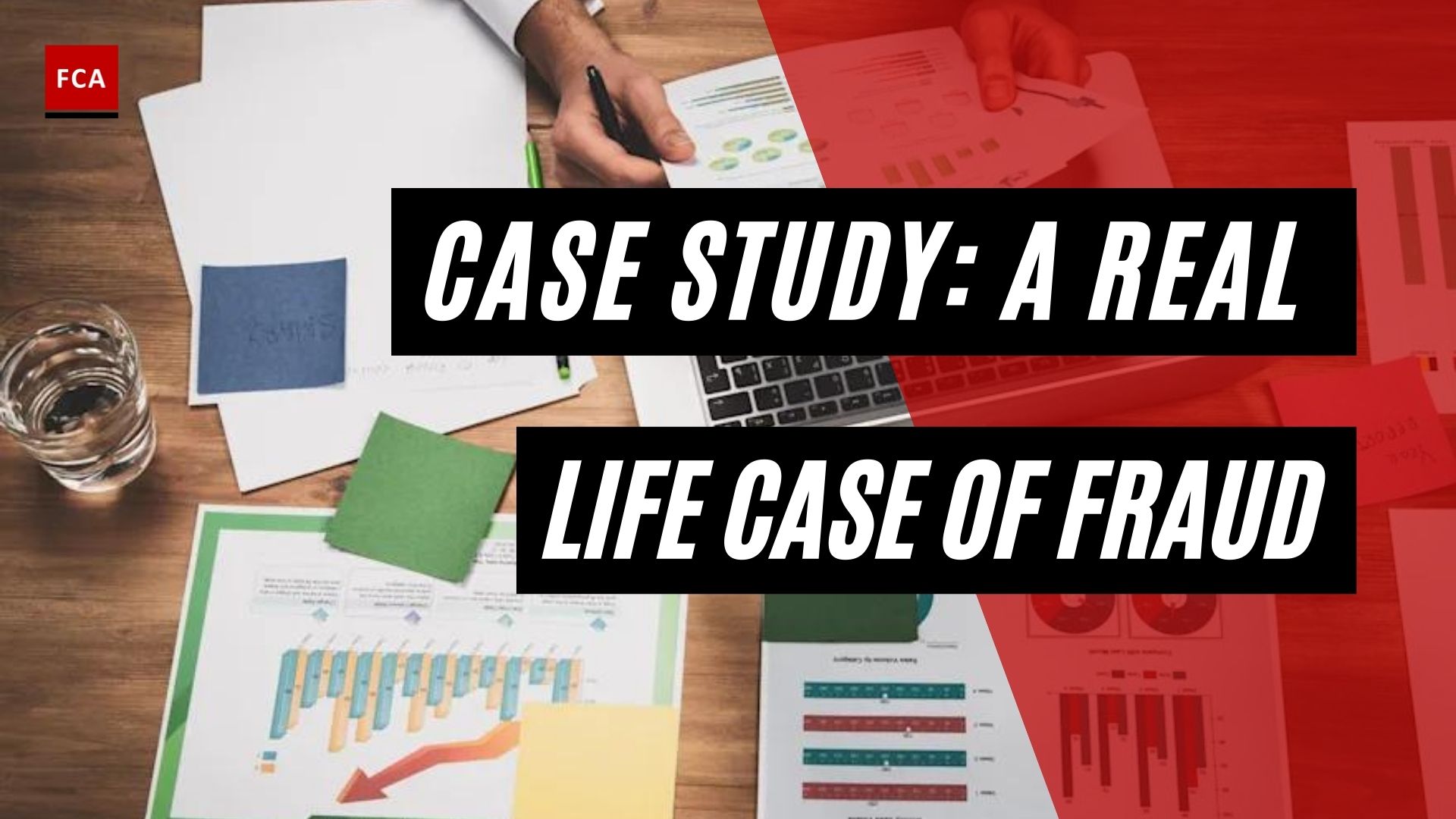Enhancing fraud risk management through robust governance and a strong organizational culture is crucial for mitigating potential incidents, safeguarding financial stability, and upholding a culture of integrity within organizations.
Fraud risk management is defined as the ‘process of understanding and managing fraud risks that the organization is certainly exposed to’. Fraud incidents and poor governance are serious risks for all organizations. The occurrence of fraud incidents and cases in organizations has resulted in the depletion of profits, operating inefficiencies, and reputational losses to the organizations.
Governance means the tone from the top and the plan to implement a sound fraud risk management program. Setting a fraud risk management culture requires a commitment of the board, management, and employees to counter the fraud risks. For an organization, fraud risks are potential incidents and events that could occur and influence the achievement of the organization’s core objectives and goals.
Fraud risk management is about understanding the nature of such potential incidents and events and, taking appropriate measures to address the threats posed by such potential fraud incidents. Devising fraud risk mitigation strategies is important because fraud incidents negatively hit the different profiles of the organizations such as financial, operational, and reputational.

Enhancing Fraud Risk Management in Empowering Governance and Culture
Fraud risk management is a progressively important process in many corporate organizations and requires a strong governance structure. A strong governance structure in an organization serves as a line of defense, to respond to a string of corporate collapses. The board of directors has the ultimate responsibility to implement the risk-based fraud risk identification and assessment process, which management must carry along and consistently perform fraud risk management.
The management, including the compliance function, develops the fraud risk management program for the organization and presents it to the board for review and approval. The board approves the program and plans of performing a fraud risk assessment.
The board of directors is responsible to provide the enabling environment and resources to management, to identify and counter the inherent and emerging fraud risks regularly. Fraud risk identification and assessment require expertise and tools, which the board must provide to the fraud risk management team. The fraud risk management team works under the supervision of the Chief Risk Officer or Chief Compliance Officer, of the organization.
The board and senior management have primary responsibility in maintaining and promoting a strong fraud prevention and management culture by ensuring that all employees understand their roles and responsibilities concerning regulatory compliance and prevention of fraud. The board and senior management are required to create an enabling compliance culture to comply with legal and regulatory requirements.
The Board of Directors and management have the responsibility to ensure that the fraud risk governance and fraud risk management practices cover:
- Applicable laws, regulations, standards, and guidelines,
- Maturity of digitalization efforts to improve internal processes and facilitate customers,
- All types and categories of customers, and jurisdictions involved,
- Products and services offered to customers,
- Delivery channels and technology used to support the overall financial system,
- Vendors onboarded, and the integration of systems with vendors’ tools,
- Internal processes, ownership levels, and hierarchy,
- Cross border transactions and data flows,
- Correspondent transactions and relationships,
- Employees’ behavior and attitude towards customers and internal processes,
- Data access and management rights, etc.

The board, either itself or through any of its sub-committee approves fraud risk management strategy and allied policies. A fraud risk management program serves as a reference point for all the employees, and it provides a structure and guidance to identify and mitigate fraud risks in an integrated manner, including all types of financial crimes, such as money laundering, terrorist financing, bribery, corruption, insider trading, human trafficking, frauds, cybercrimes, etc.
Strong fraud risk management governance means a strong tone from the Board of Directors. A strong board means a board that comprises executive and non-executive directors from various backgrounds such as finance, audit, risk management, human resources, information technology, and business. The synergies which Board members bring to the organization enable the establishment of a fraud risk management tone from the top, which enables the development and design of fraud risk management policies and processes directed towards achieving corporate objectives and at the same time minimizing fraud risk incidents.
The fraud risk management governance aims to clearly define the roles and responsibilities of different functions, the coordination mechanism, the processes to be evaluated, sources and tools to use to identify and assess fraud and other financial crime risks, mitigate such risks, and report the significant financial crime risks and relevant counter action plans to the management and the board.
The fraud risk management team must ensure that board approved fraud risk management program is followed, to perform risk assessment and risk reporting. The program aims to counter all financial crimes, including money laundering, terrorist financing, insider trading, human trafficking, digital fraud, etc. considering the applicable regulatory requirements.
The performance of periodic and integrated fraud risk assessment requires strong collaboration and transparency amongst the process and risk owners, to help the fraud risk management team in gathering relevant evidence, responses, and information to make them a base for integrated fraud risk management activities. Such practices strengthen the overall fraud risk management governance and culture across the organization.
The Board of Directors are reportable to the Shareholders of the organization; therefore, the Board members must ensure that the financial objectives of Shareholders are achieved and their investments are secured.

Final Thoughts
Establishing robust governance and fostering a strong culture are pivotal in effectively managing fraud risks within organizations. Fraud incidents and poor governance pose significant threats, leading to financial losses, operational inefficiencies, and reputational damage. By prioritizing fraud risk management, organizations can proactively identify and address potential incidents that hinder the achievement of core objectives.
A well-defined governance structure, supported by the board of directors and senior management, provides a line of defense against fraud risks and promotes a culture of compliance and fraud prevention throughout the organization. Collaboration, transparency, and regular risk assessments are crucial for maintaining a strong fraud risk management framework, safeguarding the organization’s financial well-being and meeting regulatory requirements. Ultimately, by embracing robust governance practices and fostering a culture of integrity, organizations can effectively mitigate fraud risks and ensure sustainable success.








